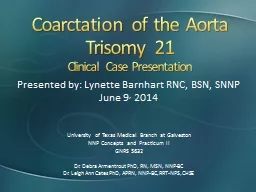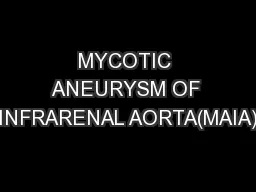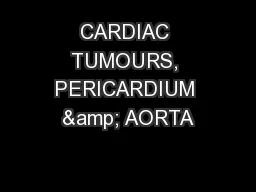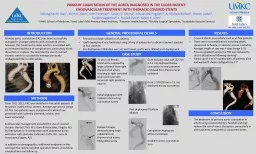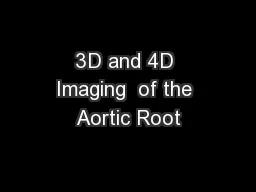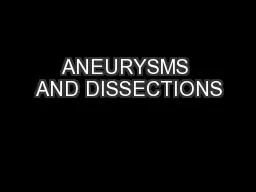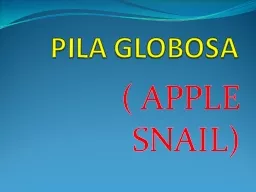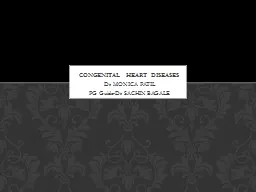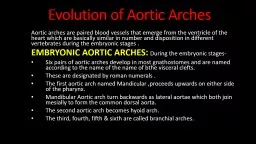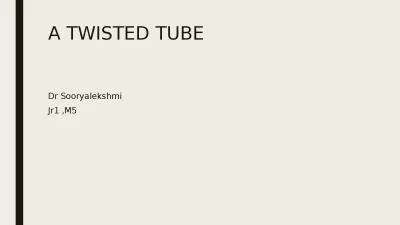PPT-Coarctation of the Aorta
Author : dora | Published Date : 2022-02-24
Trisomy 21 Clinical Case Presentation Presented by Lynette Barnhart RNC BSN SNNP June 9 2014 University of Texas Medical Branch at Galveston NNP Concepts and
Presentation Embed Code
Download Presentation
Download Presentation The PPT/PDF document "Coarctation of the Aorta" is the property of its rightful owner. Permission is granted to download and print the materials on this website for personal, non-commercial use only, and to display it on your personal computer provided you do not modify the materials and that you retain all copyright notices contained in the materials. By downloading content from our website, you accept the terms of this agreement.
Coarctation of the Aorta: Transcript
Download Rules Of Document
"Coarctation of the Aorta"The content belongs to its owner. You may download and print it for personal use, without modification, and keep all copyright notices. By downloading, you agree to these terms.
Related Documents

